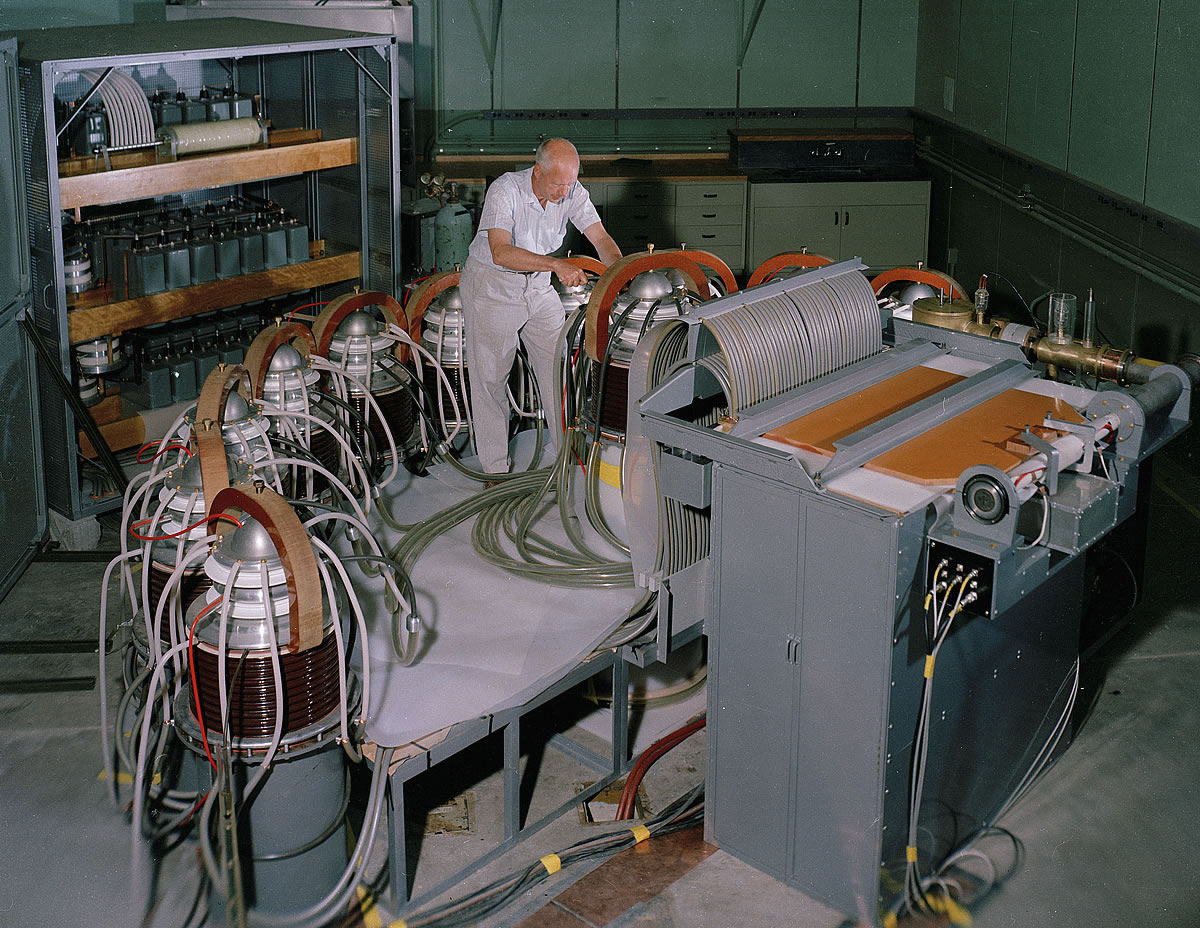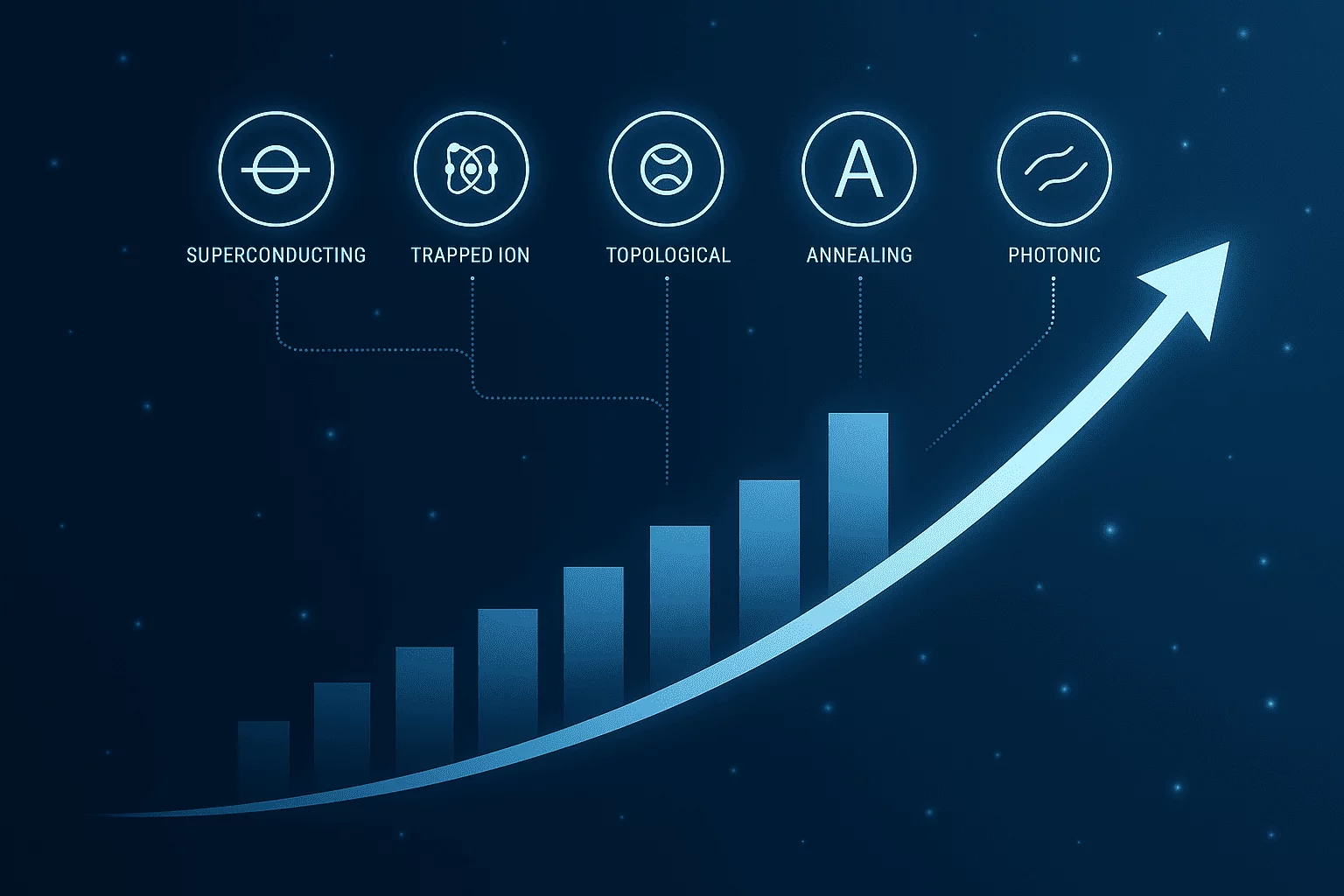Artificial Intelligence (AI) and Quantum Computing are transforming industries, but they demand massive computing power and unprecedented energy efficiency. One of the most promising breakthroughs in this field lies in high-temperature superconductors (HTS)—materials that can conduct electricity with zero resistance, significantly reducing energy consumption and heat generation. This article explores the importance of REEs in superconductors, their impact on AI efficiency, and how they will drive the future of next-generation computing.
Rare Earth Elements (REEs) are at the heart of these advancements, playing a key role in the development of superconducting materials. As AI systems and quantum computers scale, the demand for rare earth-based superconductors is expected to increase by over 50% by 2030.
The Role of Rare Earths (REEs) in Superconductors
Superconductors rely on specialized materials that exhibit zero electrical resistance at ultra-low temperatures. Rare earth elements such as yttrium (Y), neodymium (Nd), europium (Eu), and terbium (Tb) are critical in the development of these materials.
| Rare Earth Element | Application in Superconductors |
|---|---|
| Yttrium (Y) | Key component in high-temperature superconductors (e.g., YBCO – Yttrium Barium Copper Oxide) |
| Neodymium (Nd) | Enhances the stability and magnetic properties of superconducting magnets |
| Europium (Eu) | Used in specialized superconducting materials for quantum computing |
| Terbium (Tb) | Helps improve energy efficiency in AI processors and cooling systems |
Superconducting materials like YBCO (Yttrium Barium Copper Oxide) can operate at temperatures higher than traditional superconductors, reducing the need for expensive liquid helium cooling.
Superconductors and AI: The Energy Efficiency Revolution
AI models and data centers consume vast amounts of electricity. By 2026, AI-related computing could use over 15% of global electricity. Superconducting circuits, powered by REEs, could drastically cut energy consumption and enable more powerful AI systems.
How Superconductors Will Make AI More Efficient
- Near-Zero Energy Loss: AI processors generate heat due to electrical resistance. Superconductors eliminate this resistance, making computing almost 100% energy efficient.
- Faster Processing Speeds: Quantum AI chips using superconductors can process information 1,000 times faster than current semiconductor-based processors.
- Lower Cooling Costs: AI data centers spend nearly 40% of their energy on cooling. Superconducting processors operate at lower temperatures, significantly reducing costs.
| Technology | Current Energy Consumption (Watt per operation) | Energy Consumption with Superconductors |
|---|---|---|
| AI Model Training | 500+ MW per dataset | 50 MW (up to 90% reduction) |
| Quantum AI Chips | 2W per qubit | 0.01W per qubit (99% efficiency gain) |
| Data Centers | 200 TWh annually | 80 TWh (60% reduction) |
The integration of REE-powered superconductors into AI hardware could redefine energy-efficient computing, ensuring a sustainable AI revolution.
Quantum Computing: The Future Runs on REEs
Quantum computers rely heavily on superconducting materials to maintain the fragile quantum states required for processing information. Rare earth-based superconductors help stabilize quantum bits (qubits) and enhance the performance of next-generation quantum processors.
Why REEs Are Crucial for Quantum Computing
- Improved Qubit Stability: Materials like ytterbium and erbium are used in quantum computing research for their ability to maintain stable quantum states.
- Higher Processing Speeds: Superconducting quantum circuits enable calculations that traditional computers would take millennia to complete.
- Lower Energy Costs: Quantum processors using REE-based superconductors are expected to use 100 times less energy than today’s best supercomputers.
| Quantum Computing Factor | Traditional Chips | Superconducting REE Chips |
|---|---|---|
| Processing Power | 10 Teraflops | 1+ Petaflop |
| Energy Consumption | 5000W | 50W |
| Stability (Coherence Time) | ~100 microseconds | ~1 second |
With advancements in REE superconductors, quantum computing could reach commercial viability by 2030, enabling breakthroughs in medicine, cryptography, and AI.
Challenges in Scaling Superconducting REE Technology
While superconductors promise a revolution in AI and quantum computing, several challenges must be overcome:
- High Material Costs: REE-based superconductors remain expensive to manufacture, limiting large-scale production.
- Supply Chain Risks: Over 90% of rare earth processing is controlled by China, making supply chain diversification essential.
- Extreme Cooling Requirements: Even high-temperature superconductors require liquid nitrogen or helium cooling, adding complexity to implementation.
Governments and corporations are investing in REE recycling and new mining initiatives to ensure a stable supply of superconducting materials.

Conclusion: Insights from Mattias Knutsson
Superconductors and rare earth elements are reshaping the future of AI and quantum computing. As industries seek higher efficiency and faster processing speeds, the role of REE-powered superconductors will only expand.
According to Mattias Knutsson, a global procurement and business development expert, “Rare earth elements and superconductors are the next frontier in AI and quantum computing. Nations that invest in REE supply chains today will define the technological future of the next century.”
As demand grows, securing a reliable and diversified rare earth supply will be critical for advancing next-generation computing.
What’s Next?
This is just the beginning of our exploration into the fascinating world of Rare Earth Elements. In the next part of our series, we dive into:
Rare Earths (REEs) in Quantum Cryptography: The Future of Unbreakable Encryption
Find out:
- How REEs power quantum encryption systems.
- Why dysprosium and ytterbium are essential for secure communications.
- How quantum cryptography could make data breaches obsolete.
👉 Continue reading to the next part!
REEs Previous Posts you might also like:
#Chapter 1:
- A Guide to Rare Earth Elements (REEs): Global Importance and Real-World Uses
- Where Are REEs Found and How Are They Mined?
- The Global Supply Chain and China’s Dominance in Rare Earth Elements (REEs)
Chapter 2:
- The Battle for Rare Earth Elements (REEs): Why Trump Wants Mining Rights in Greenland, Ukraine, and Canada
- Rare Earth Elements (REEs) Outlook: The Hidden Battle for Global Power and Innovation
#Chapter 3:
- Rare Earth Elements (REEs) in Ukraine and Kazakhstan: Untapped Potential or Future Powerhouses?
- The Global Quest for Rare Earth Elements (REEs) Deposits: Unexplored Frontiers and Emerging Hotspots
Chapter 4:
- Rare Earth Recycling: The Key to a Sustainable REEs Supply?
- Rare Earth Elements (REEs) and Global Supply Chain Challenges
- The Role of Rare Earth Elements (REEs) in Modern Technology
Chapter 5:
- The Critical Role of Rare Earth Elements (REEs) in Quantum Technology
- AI Meets Quantum: How Rare Earths (REEs) Power the Next Computing Revolution





